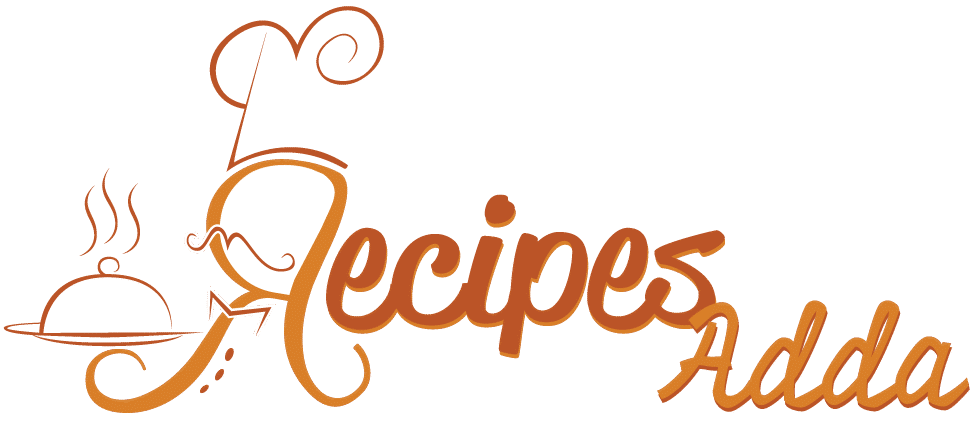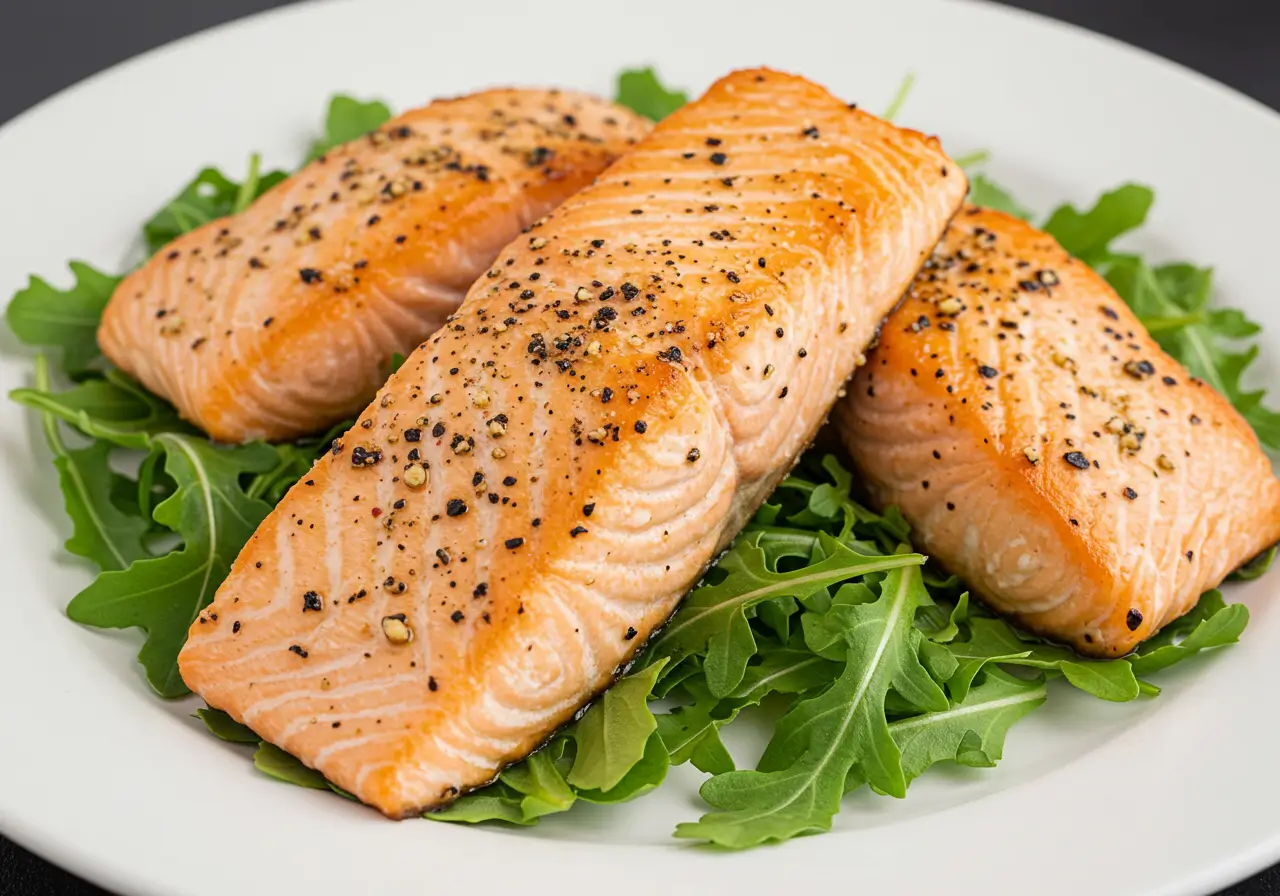Salmon is one of the most popular fish choices worldwide, loved for its rich flavor, nutritional value, and cooking versatility. From quick weekday dinners to restaurant-style meals at home, knowing how to cook salmon properly can transform your home-cooking game. Whether you’re using the stovetop, oven, or grill, this guide will walk you through everything you need to know, from selecting the best salmon cuts to mastering the top cooking techniques.
By the end of this comprehensive guide, you’ll be able to confidently prepare salmon using multiple methods, understand optimal temperatures, avoid common mistakes, and even handle leftovers like a pro.
Table of Contents
Choosing the Right Cut of Salmon
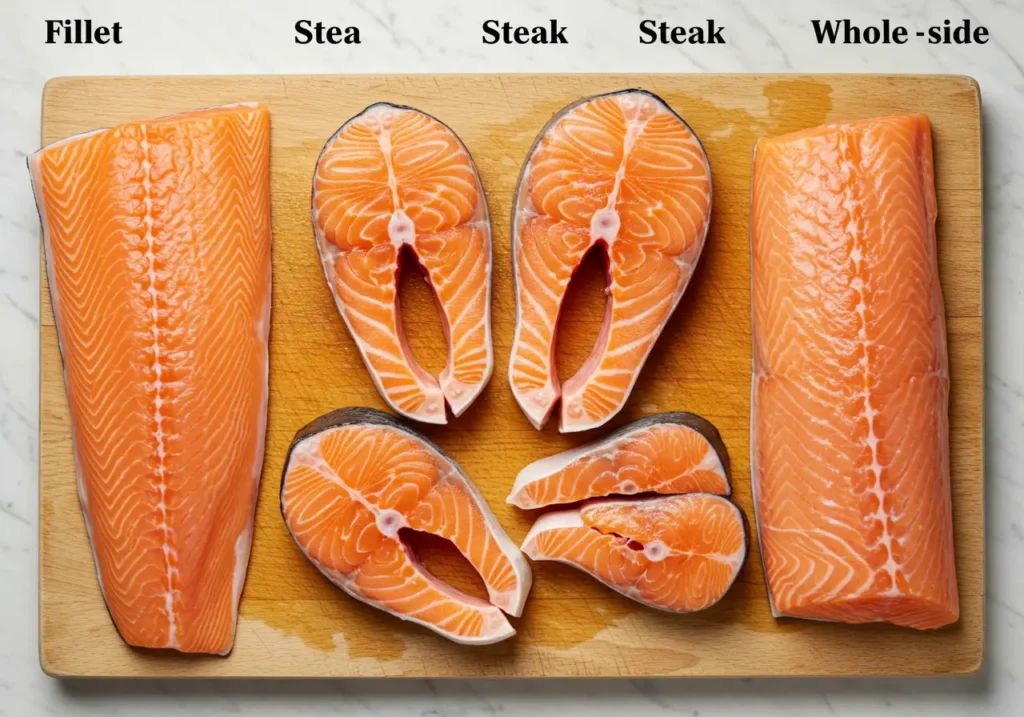
One of the first steps in cooking salmon successfully is choosing the right cut for your dish. There are several options available, and each one lends itself better to specific cooking methods.
Types of Salmon Cuts
- Fillets: These are the most common cut. They’re versatile and work well for pan-searing, baking, or poaching. Fillets come with or without skin.
- Steaks: Salmon steaks include a cross-section of the fish and often have a portion of the spine. They’re meatier and great for grilling or broiling.
- Whole sides: Ideal for large gatherings or meal prepping. These cuts are best baked or grilled.
- Canned or smoked salmon: These are precooked options that are excellent for salads, dips, and pasta dishes but are outside the scope of this cooking guide.
Other important considerations include skin-on versus skinless and wild-caught versus farmed salmon. Wild salmon typically has a firmer texture and a more robust flavor, while farmed salmon is generally more mild and fatty.
To get a better understanding of how different cuts of salmon affect cooking, Allrecipes provides a useful breakdown that can help you make an informed choice depending on your recipe.
Prepping Salmon Before Cooking
Preparing salmon the right way can significantly enhance the final dish. Skipping this step can lead to issues with texture, taste, or even cooking time.
According to Healthline’s cooking guide, proper preparation also ensures the salmon cooks evenly and absorbs flavor more effectively.
Key Steps in Prepping Salmon
- Removing pin bones: Run your fingers along the fillet and use tweezers to remove any bones. This is especially important for presentation and ease of eating.
- Drying the fish: Pat the salmon dry with paper towels to remove excess moisture. This step helps you get a better sear and prevents steaming.
- Bringing to room temperature: Let the salmon sit out for about 15 minutes before cooking. This ensures even cooking and reduces the risk of a raw center.
- Seasoning and marinating: Use a generous amount of salt and pepper. You can also marinate the salmon in ingredients like olive oil, lemon juice, garlic, and herbs for 30 minutes to an hour for added flavor.
This prep work will make a noticeable difference in your finished dish, particularly when pan-searing or grilling.
Six Popular Ways to Cook Salmon
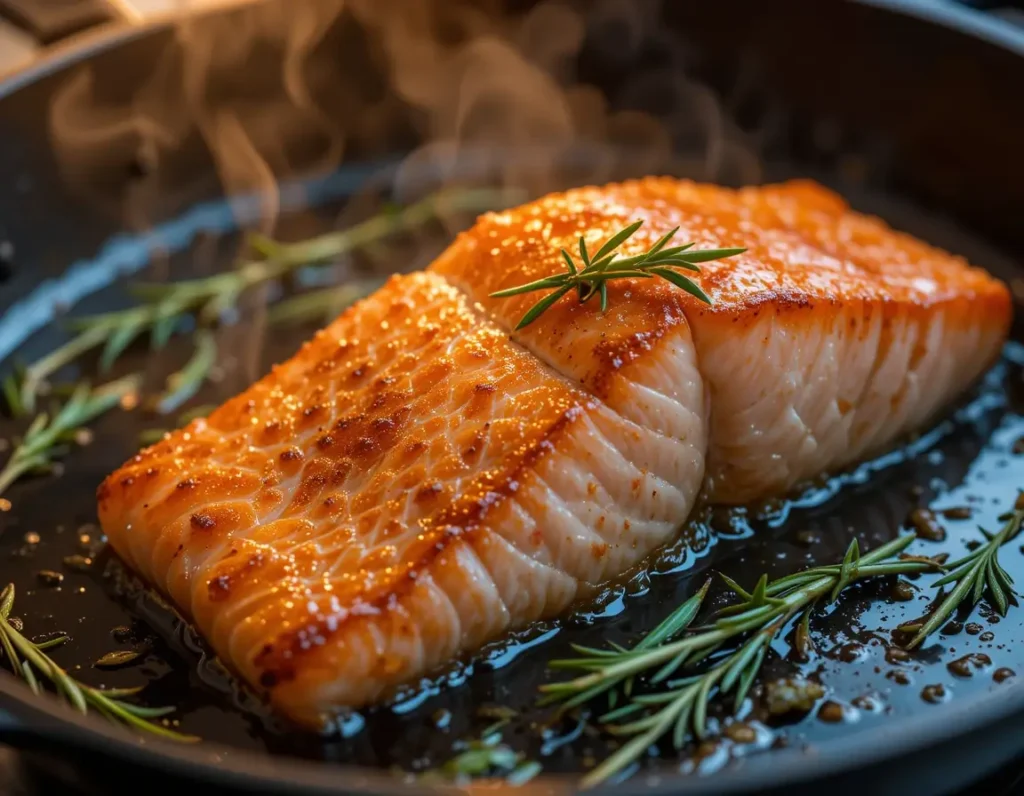
Salmon is an incredibly flexible protein that adapts well to a range of cooking techniques. Below are the six most effective and popular methods, including tips and best practices for each.
1. Pan-Seared Salmon
Pan-searing is one of the most common and rewarding methods to cook salmon. It delivers a golden, crispy skin and a moist interior.
Instructions:
- Heat oil (such as canola or avocado oil) in a heavy-bottomed skillet over medium-high heat.
- Place the salmon skin-side down and press gently to ensure even contact.
- Cook 70–80% of the time on the skin side before flipping.
- Finish cooking on the flesh side for 1–2 minutes.
Best for: Skin-on fillets
Time: 6–8 minutes total
Texture: Crispy on the outside, tender inside
2. Oven-Baked Salmon
Baking is a hands-off, consistent method that works well for large pieces or multiple fillets.
Instructions:
- Preheat your oven to 400°F (204°C).
- Place salmon on a parchment-lined baking sheet.
- Season as desired and optionally top with herbs, lemon slices, or compound butter.
- Bake for 12–15 minutes, depending on the thickness.
Best for: Fillets and whole sides
Time: 12–15 minutes
Texture: Moist and evenly cooked
3. Grilled Salmon
Grilling imparts a smoky flavor and is ideal for summer meals or outdoor cooking.
Instructions:
- Preheat the grill to medium-high and oil the grates.
- Brush salmon with oil to prevent sticking.
- Place skin-side down and grill for 4–6 minutes per side.
Best for: Steaks or skin-on fillets
Time: 8–12 minutes
Texture: Smoky, slightly crisp exterior
4. Poached Salmon
Poaching is a gentle cooking method that keeps the fish soft and flaky, perfect for salads or cold dishes.
Instructions:
- Fill a shallow pan with water, broth, or wine and aromatics like bay leaves, peppercorns, and dill.
- Heat the liquid until just below simmering (180°F–190°F).
- Gently slide the salmon in and cook for 10–12 minutes.
Best for: Skinless fillets
Time: 10–12 minutes
Texture: Delicate, moist
5. Broiled Salmon
Broiling uses direct, intense heat from above to caramelize the surface quickly.
Instructions:
- Set oven rack 6 inches from the broiler.
- Place salmon on a foil-lined tray.
- Broil on high for 6–10 minutes.
Best for: Glazed or marinated salmon
Time: 6–10 minutes
Texture: Crisp, slightly charred
6. Salmon en Papillote (Parchment Packet)
This French-style technique steams the salmon in its own juices and any added aromatics.
Instructions:
- Place salmon on a large piece of parchment paper.
- Add vegetables, herbs, lemon slices, and a drizzle of oil or wine.
- Fold the paper into a sealed packet and bake at 375°F (190°C) for 12–15 minutes.
Best for: Individual servings
Time: 12–15 minutes
Texture: Infused, tender
Cooking Temperatures and How to Know When Salmon Is Done
Knowing when salmon is fully cooked can make the difference between a moist, flavorful meal and a dry, overcooked dish.
Key Temperature Guidelines
- USDA recommendation: 145°F (63°C)
- Chef’s preference: 125°F–130°F for a moist, slightly rare center
- Carryover cooking: Remember that salmon continues to cook for a few minutes after being removed from heat
Visual and Texture Cues
- Flesh turns from translucent to opaque
- Easily flakes with a fork
- Slightly firm to the touch, not mushy
A digital meat thermometer is the most accurate way to check for doneness.
Flavor Pairings and Sauce Ideas

Salmon pairs well with a wide array of flavors. You can keep it simple with salt and lemon or elevate it with sauces and spices.
Flavor Enhancers
- Herbs: Dill, parsley, cilantro, tarragon
- Spices: Paprika, cayenne, cumin, coriander
- Aromatics: Garlic, shallots, green onions
Sauce Options
- Lemon butter sauce with fresh parsley
- Garlic soy glaze with sesame oil
- Honey mustard with a splash of vinegar
- Teriyaki sauce with ginger and scallions
These elements add complexity and depth to your dish while keeping it light and balanced.
Common Mistakes to Avoid
Even experienced cooks can make errors when preparing salmon. Here are the most frequent issues and how to avoid them.
Overcooking
- This is the number one mistake. Always monitor internal temperature and remove from heat a few degrees before your target temperature to account for carryover cooking.
Cooking Cold Salmon
- Putting cold salmon straight into a hot pan can lead to uneven cooking. Let it sit at room temperature for 10–15 minutes before cooking.
Not Using Enough Seasoning
- Salmon has a rich taste but benefits greatly from bold seasoning or marinade.
Skipping the Rest
- Let cooked salmon rest for 2–3 minutes before serving to allow juices to redistribute.
Leftovers, Storage, and Reheating
Salmon leftovers can be just as delicious—if you handle them right.
Storage Tips
- Store in an airtight container in the fridge for up to 3 days
- Avoid stacking pieces to prevent sogginess
- If you’re working with smoked salmon or planning to store it for longer, you might be wondering, can you freeze smoked salmon? Freezing is possible, but it’s important to follow proper methods to maintain texture and taste.
Reheating Tips
- Oven: Warm at 275°F for 10–15 minutes
- Microwave: Use low power with a damp paper towel
- Skillet: Reheat gently over low heat with a splash of water or broth
Leftover Uses
- Salmon salad with Greek yogurt dressing
- Flaked into pasta with lemon and herbs
- Used in tacos with avocado and slaw
- Stirred into a breakfast scramble or omelet
You can find even more ideas by checking out this guide to leftover salmon recipes from North Coast Seafoods.
Frequently Asked Questions (FAQs)
How long should I cook salmon?
The rule of thumb is 10 minutes of cooking time per inch of thickness, though this varies by method. Use a thermometer to ensure accuracy.
Do you flip salmon when cooking?
Only flip when pan-searing or grilling. Baking, poaching, and broiling don’t require flipping.
What’s the healthiest way to cook salmon?
Poaching, baking in parchment, or light steaming are among the healthiest methods. These techniques use little to no added fat and preserve nutrients.
Should I cook salmon with the skin on?
Skin-on fillets help protect the flesh and add flavor. You can remove the skin after cooking if preferred.
How can I tell if salmon is fully cooked?
The salmon should flake easily, appear opaque throughout, and measure 125°F–145°F internally depending on desired doneness.
Conclusion
Cooking salmon at home doesn’t have to be complicated. With the right cut, preparation, and cooking method, you can create delicious and healthy salmon dishes with ease. Whether you’re baking a whole side for a family dinner or pan-searing a fillet for a quick meal, the key is attention to detail—from seasoning and temperature control to final presentation.
Master these techniques, and you’ll be well on your way to preparing restaurant-quality salmon in your own kitchen.
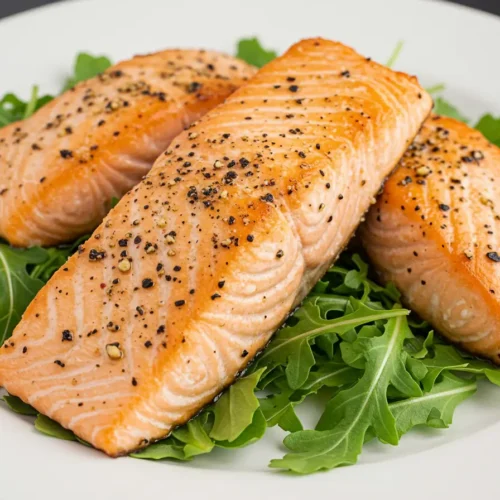
how to cook salmon
Ingredients
2 skin-on salmon fillets (about 6 oz each)
1 tablespoon olive oil (or avocado oil)
Salt, to taste
Black pepper, to taste
Lemon wedges (for garnish)
Fresh herbs (dill, parsley, or thyme — optional)
Instructions
Prepare the salmon: Pat salmon fillets dry with paper towels to ensure a crisp finish. Let them come to room temperature for 10 minutes.
Season both sides of the salmon generously with salt and pepper.
Heat oil in a heavy-bottomed skillet over medium-high heat until it shimmers.
Place salmon skin-side down into the pan. Use a spatula to press gently for a firm sear.
Cook without moving the salmon for 5–6 minutes until the skin is golden and crispy.
Flip the salmon and cook on the flesh side for another 1–2 minutes, depending on thickness.
Remove from heat and let rest for 1–2 minutes.
Garnish with lemon wedges and fresh herbs before serving.
Notes
- This is one of the easiest ways to learn how to cook salmon without baking or grilling.
- For added flavor, add a smashed garlic clove or thyme sprigs to the oil while searing.
- Use a thermometer for perfect doneness: aim for 125°F–130°F for medium, 145°F for well-done.
